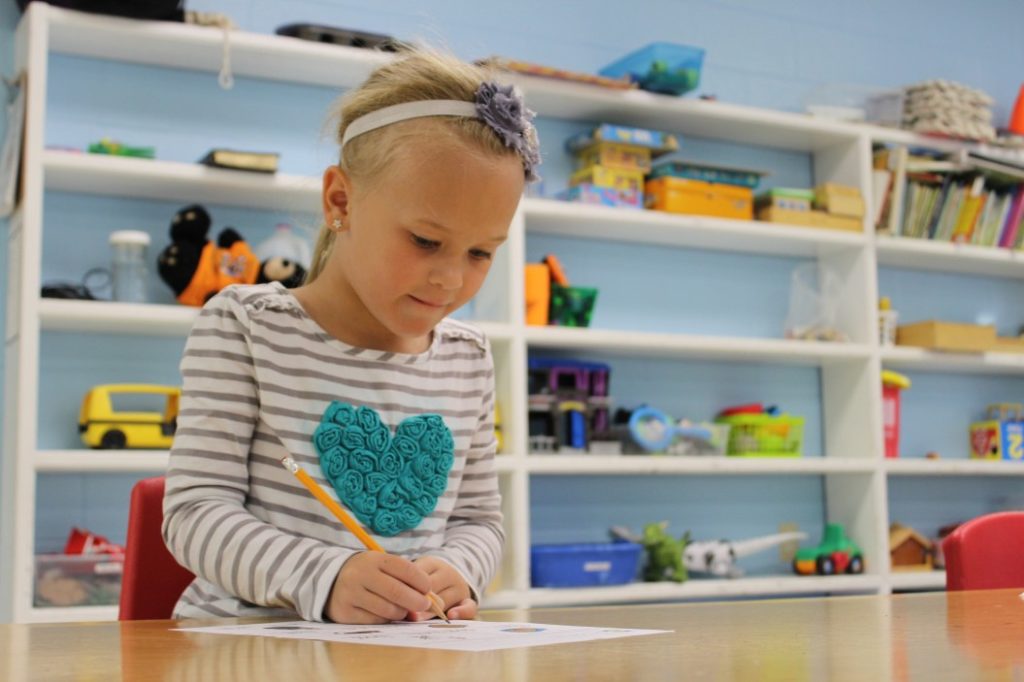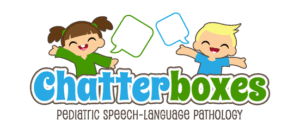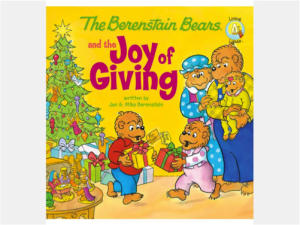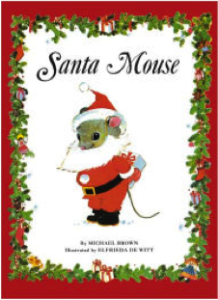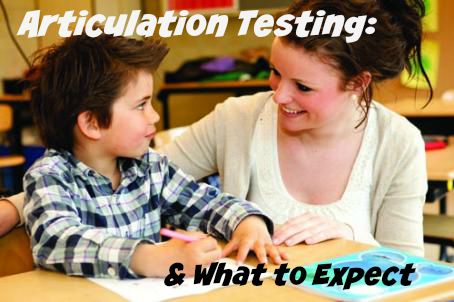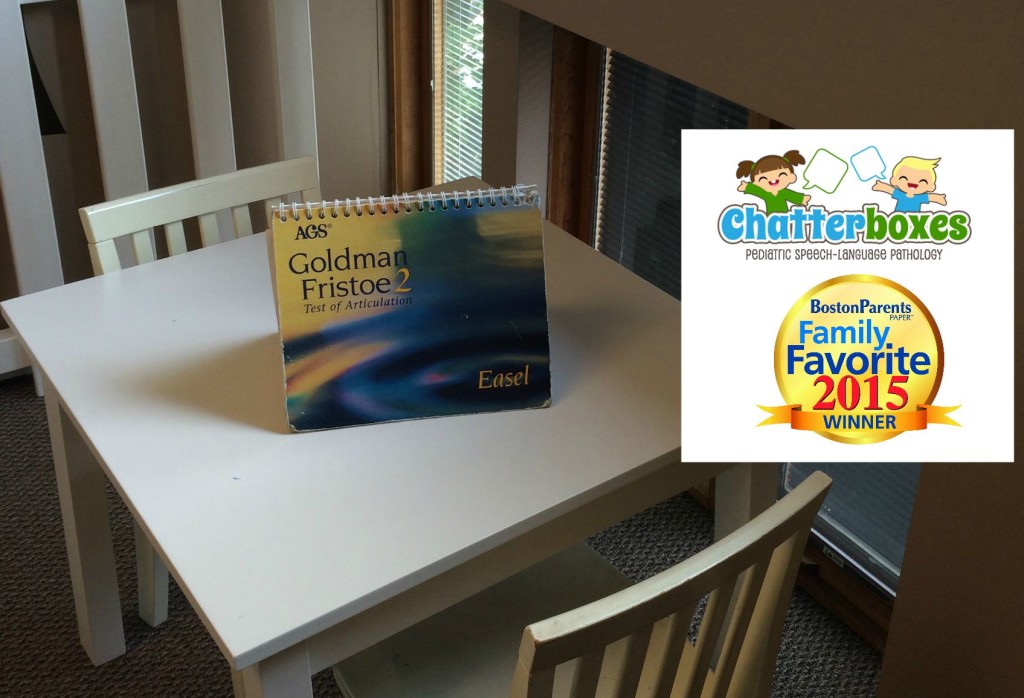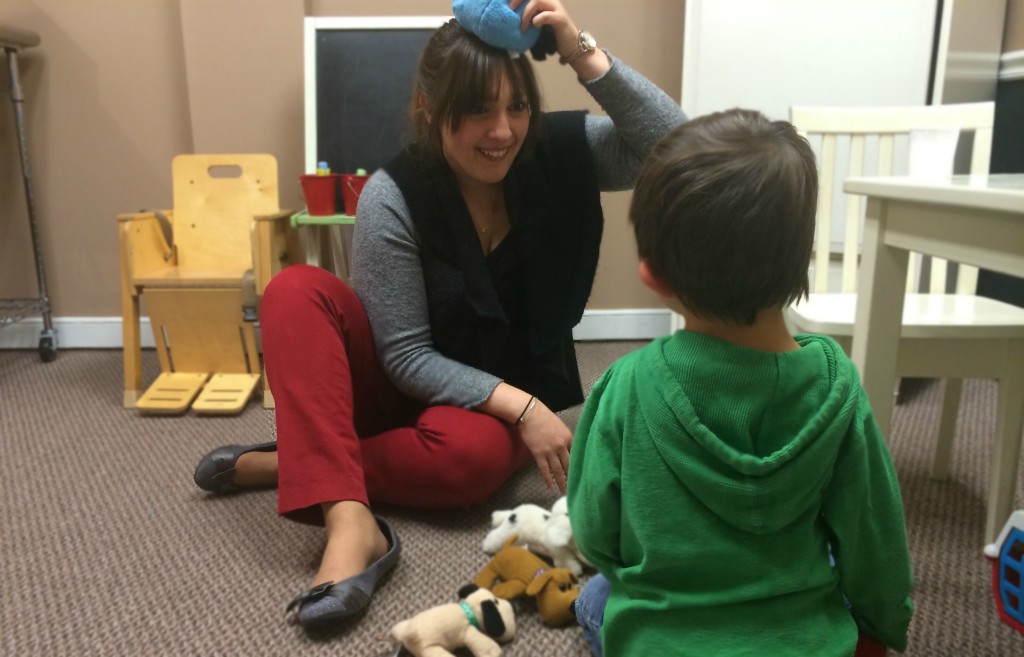1. How the Grinch Stole Christmas by Dr. Seuss:
This holiday classic follows the Grinch, a grouchy, solitary creature who attempts to put an end to Christmas by stealing Christmas-themed items from the homes of the nearby town Whoville on Christmas Eve.
Written in rhymed verse, the language is lively and engaging. With bright and colorful illustrations, there is plenty for you and your child to look at and talk about
2. Rudolph the Red-Nosed Reindeer by Rick Bunsen: Children ages 3-6 will love to read this book retelling of the classic 1964 holiday TV special, Rudolph the Red-Nosed Reindeer.
All of the other reindeer make fun of Rudolph and won’t let him play in their reindeer games because he’s different. But when Christmas is almost cancelled because of a huge snowstorm, Rudolph comes to the rescue with his wonderful shiny red nose.
3. The Bernstein Bears and the Joy of Giving by Jan and Mike Bernstein: Brother and Sister Bear can’t wait for Christmas and all the presents they will open. But during the Christmas Eve pageant, something special happens! The Bear cubs learn a very valuable lesson about the joy of giving to others. This book is great to read to your child as a reminder of what is important this holiday season
4. A Wish to Be a Christmas Tree by Colleen Monroe and Illustrated by Michael Glen Monroe:
This charming tale of an overgrown pine always being passed by for Christmas, and what his woodland friends do to help him, is sure to become a Christmas classic.
With delightful illustrations by wildlife artist Michael Monroe and enchanting text from Colleen Monroe, the birds, deer and squirrel of this story help make their special friend’s wish come true.
5. Olive, the Other Reindeer by Vivian Walsh and Illustrated by J. Otto Seibold: Olive is merrily preparing for Christmas when suddenly she realizes “Olive… the other Reindeer… I thought I was a dog. Hmmm, I must be a Reindeer!” So she quickly hops aboard the polar express and heads to the North Pole. And while Santa and the other reindeer are a bit surprised that a dog wants to join their team, in the end Olive and her unusual reindeer skills are just what Santa and his veteran reindeer team need. Colorful graphic illustrations accompany this zany dog story from the well-known author and artist team, Vivian and J. Otto Seibold.
6. Dream Snow by Eric Carle (Board Book): It’s December 24th, and the old farmer settles down for a winter’s nap, wondering how Christmas can come when there is no snow! In his dream he imagines a snowstorm covering him and his animals in a snowy blanket.
But when the farmer awakens, he finds that it has really snowed outside, and now he remembers something! Putting on his red suit, he goes outside & places gifts under the tree for his animals, bringing holiday cheer to all.
7. Olivia Helps With Christmas by Ian Falconer: Christmas is coming, and Olivia is incredibly busy.
She has to wait for Santa, make sure Dad sets up the tree, watch Mom make the Christmas dinner, oversee the care with which the stockings are hung, and, of course, open her presents! Whew, being helpful during the holidays is exhausting!
8. The Wild Christmas Reindeer by Jan Brett: This year, Santa asks Teeka to get his reindeer ready to fly on Christmas Eve. She’s happy but a little worried, too. She’s never worked with the reindeer before and she’s not sure they’ll want to come in from the tundra, where they run wild and free. Once she finds them, Teeka’s strong hand does more harm than good, and soon the reindeer are wilder than they were before she began training them. How will she ever get them ready to pull Santa’s sleigh on time?
9. Santa Mouse by Michael Brown and Illustrated by Elfrieda De Witt: We love this charming story about a tiny mouse with no name who lived a very lonely life in a very big house. He loved Christmas dearly and had a special present for Santa, but how could he possibly give it to him?
After all, he’s only a mouse. And how did a little ordinary mouse become Santa Mouse, the helper Santa could never do without? Find out by reading this adorable book with your child.
10. A Charlie Brown Christmas Adapted by Tina Gallo and Illustrated by Scott Jeralds The beloved Peanuts holiday special about Charlie Brown, his friend Linus, a sad Christmas tree that’s rescued, and the meaning of Christmas first aired on television in 1965. As 2015 marks the 50th anniversary of A Charlie Brown Christmas TV Special, this charming, full-color abridgment of the animated classic is the perfect book to read with your child this Christmas.
